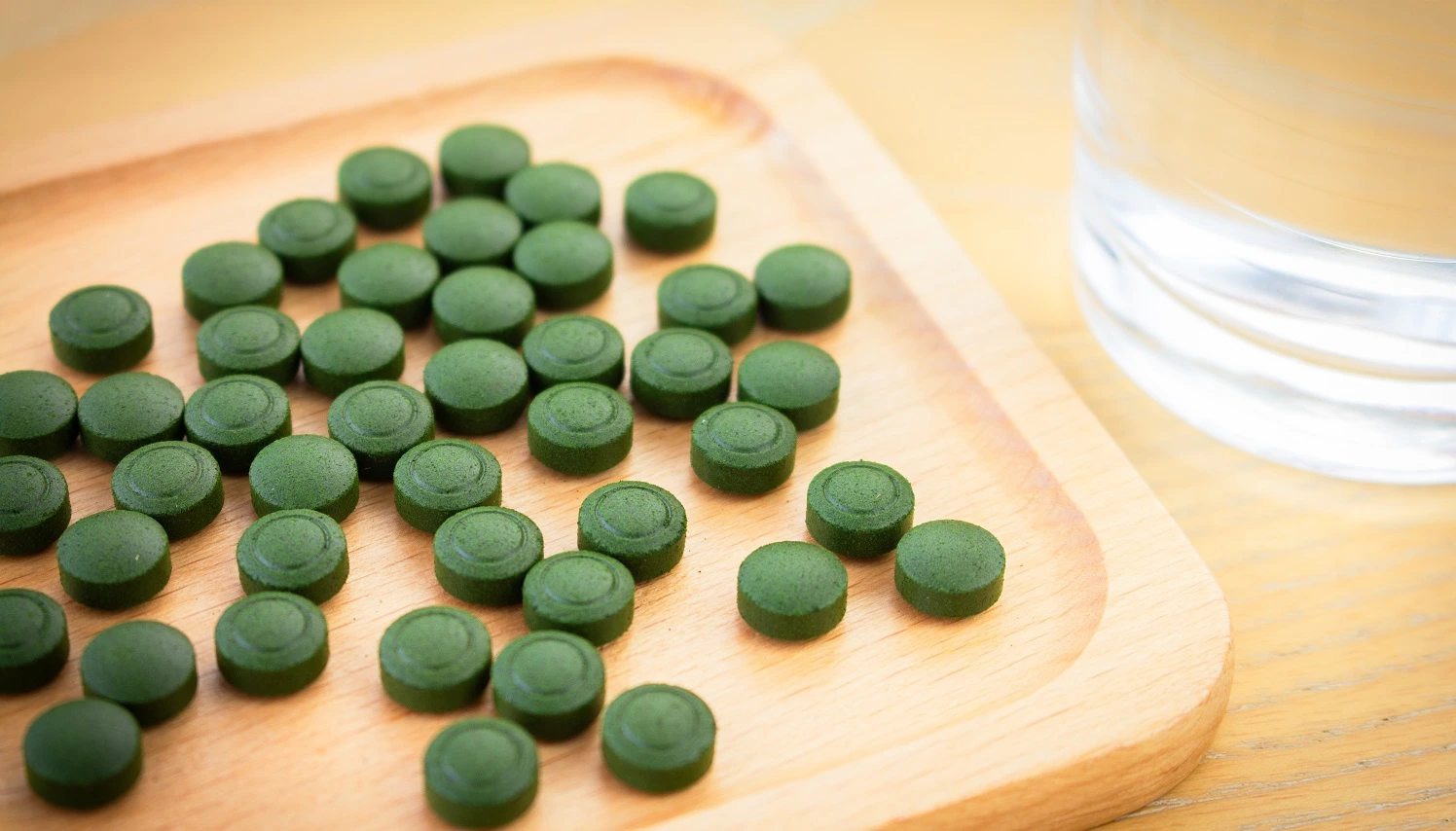
Chlorella is a single-celled green algae that has earned its reputation as a nutrient-dense superfood. Rich in vitamins, minerals, protein, and antioxidants, it is widely used to support energy, detoxification, and overall well-being.
But here’s something important to know: not all chlorella is the same. Different species and processing methods can influence its nutritional profile and how well your body absorbs it. Understanding these differences can help you make the best choice for your health.
The Two Main Types of Chlorella
There are two primary species of chlorella commonly found in supplements:
Chlorella vulgaris
This is the most widely used form of chlorella worldwide. It provides a broad spectrum of vitamins, minerals, and antioxidants and is often chosen for its accessibility and affordability. Many people benefit from adding vulgaris to their diet as a natural way to support daily wellness.
Chlorella pyrenoidosa
This species is naturally higher in certain compounds such as chlorophyll and Chlorella Growth Factor (CGF), a unique complex associated with cellular repair and regeneration. Because of this, pyrenoidosa may offer enhanced benefits for detoxification, energy support, and long-term vitality.
The Importance of Cell Wall Processing
One factor that matters as much as the species is the way chlorella is processed. Chlorella has a tough cell wall that humans cannot digest, which means the nutrients remain locked inside unless it is treated.
- Some supplements use broken or cracked cell walls, which improve absorption compared to raw chlorella.
- Others use advanced methods to pulverize the cell wall more effectively, ensuring that nutrients remain intact and bioavailable.
Whether you choose vulgaris or pyrenoidosa, selecting a product with carefully processed cell walls is essential to get the full benefit of this superfood.
What Is Chlorella Growth Factor (CGF)?
Chlorella Growth Factor (CGF) is one of the compounds that makes chlorella unique. It consists of nucleic acids, peptides, and amino acids that support:
- Cellular regeneration and repair
- Tissue health and resilience
- Balanced energy and recovery
Both vulgaris and pyrenoidosa contain CGF, but it is naturally found in higher concentrations in pyrenoidosa. This is one of the reasons why some people prefer this species for deeper nutritional support.
How to Choose the Best Chlorella Supplement
When comparing chlorella products, here are three key points to keep in mind:
- Species → Vulgaris offers a balanced and accessible source of nutrition, while pyrenoidosa contains higher levels of chlorophyll and CGF for additional support.
- Cell wall processing → Always look for supplements that break down the cell wall effectively to ensure absorption.
- Quality and transparency → Reliable brands provide clear information about sourcing, processing, and purity testing.
Final Thoughts
Chlorella, whether vulgaris or pyrenoidosa, is a remarkable superfood with the potential to support energy, detoxification, and cellular health. Both forms deliver valuable nutrients, but chlorella pyrenoidosa offers naturally higher levels of chlorophyll and CGF, making it a popular choice for those seeking maximum nutritional benefit.
At the end of the day, the best chlorella is the one that suits your lifestyle, wellness goals, and commitment to quality. By understanding the differences, you can choose a supplement that helps you get the most out of this powerful green algae.


